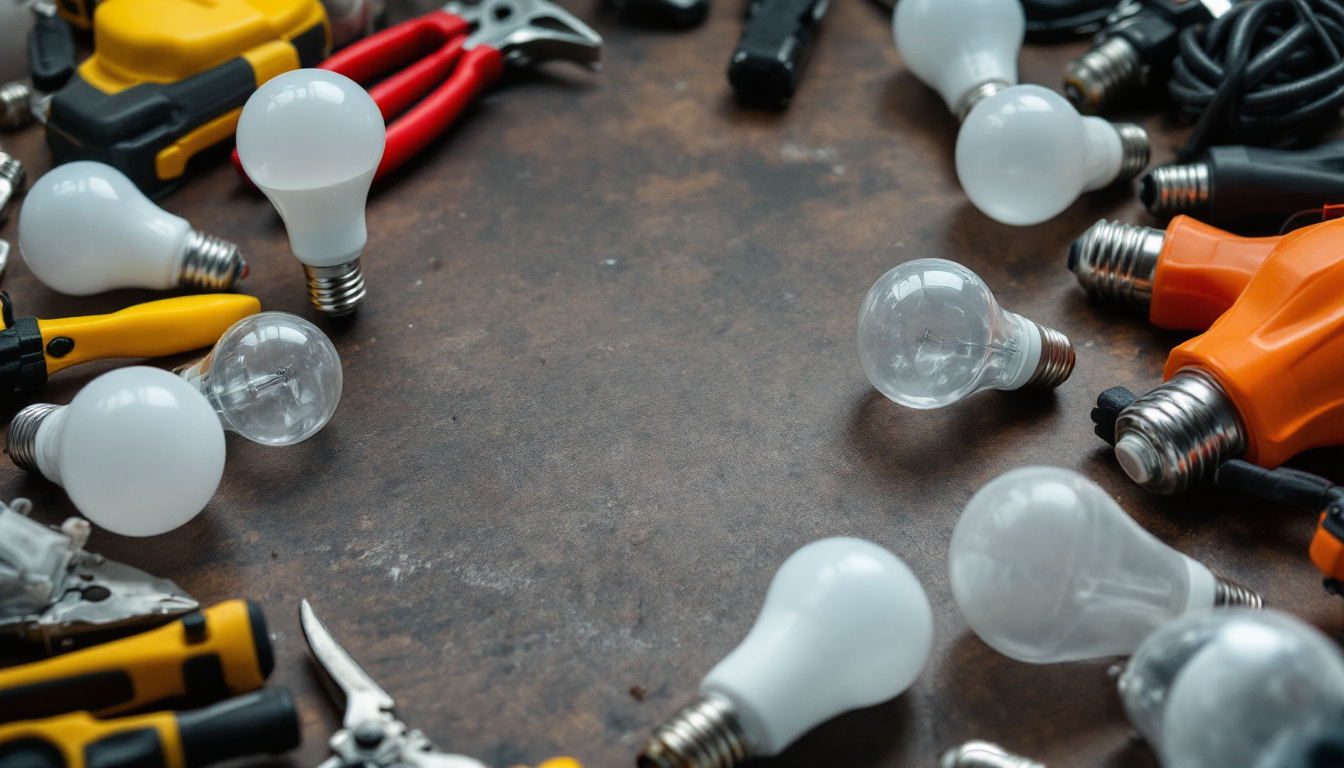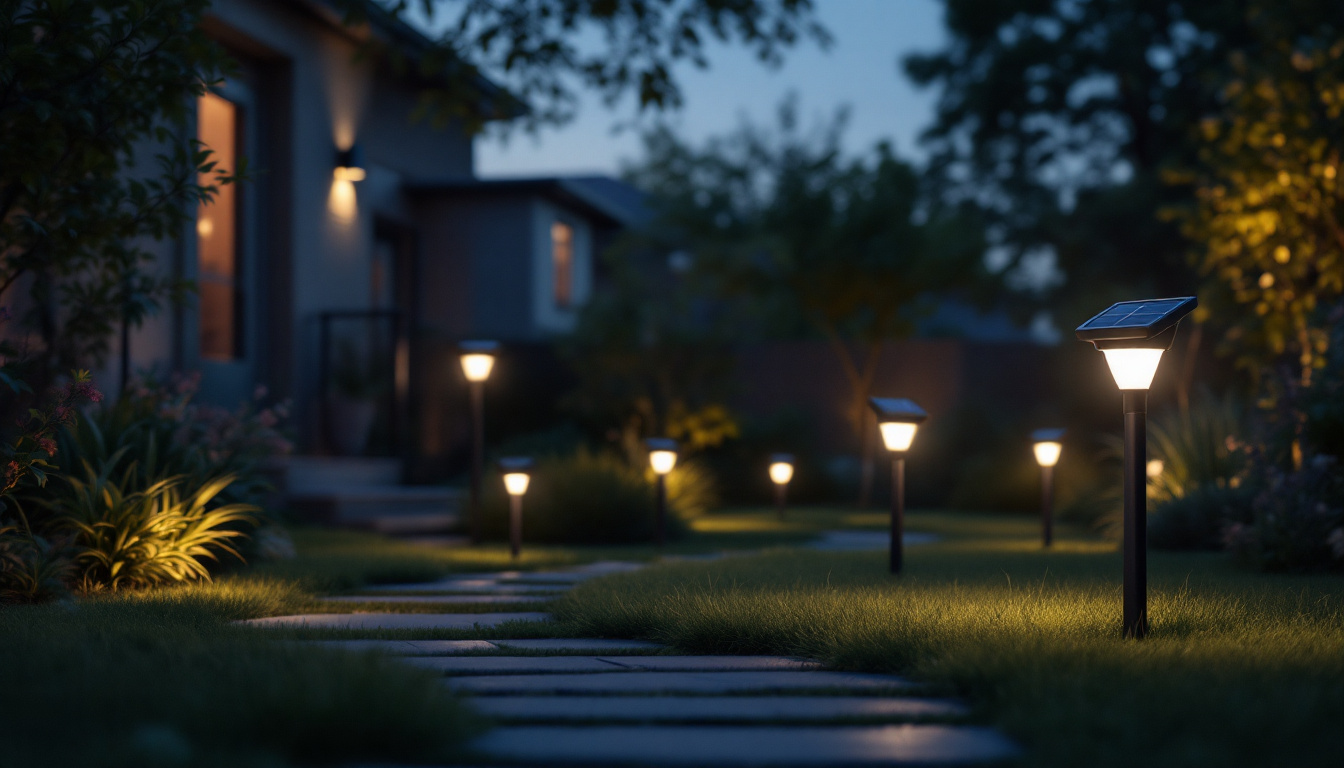
Lighting contractors play a crucial role in the design and implementation of effective lighting solutions for various environments. One of the fundamental aspects of their work involves understanding the different types of lamp bulb bases. The base type not only affects the compatibility of bulbs with fixtures but also has a significant impact on the overall performance, efficiency, and aesthetic appeal of lighting projects. This article delves into the various lamp bulb base types, their characteristics, and how they influence the work of lighting contractors.
Before diving into the specifics, it is essential to understand what a lamp bulb base is. The base of a bulb is the part that connects it to the light fixture and provides electrical contact. Different base types are designed for various applications, and knowing these distinctions is vital for lighting contractors to ensure optimal performance and safety.
There are several common lamp bulb base types that lighting contractors encounter regularly. Each type has its unique features and applications, making it essential for contractors to be familiar with them.
In addition to the common base types, there are several specialty bases that cater to specific lighting needs. Understanding these can help contractors make informed decisions when selecting bulbs for specialized applications.
Another interesting base type is the MR16 Base, which is commonly used in low-voltage lighting systems. MR16 bulbs are known for their directional lighting capabilities, making them ideal for accent and track lighting. These bulbs typically feature a two-pin base that allows for easy installation and removal, providing flexibility for lighting designers who may want to switch out bulbs for different effects or color temperatures.
Additionally, the PAR Base is worth mentioning, especially in commercial and industrial settings. PAR (Parabolic Aluminized Reflector) bulbs are designed for high-intensity lighting and are often used in stage lighting, photography, and outdoor floodlights. The unique shape of the PAR bulb allows for focused beams of light, making them perfect for illuminating large areas or highlighting specific features in a space. Understanding the various base types, including these specialty options, can significantly enhance a contractor’s ability to meet diverse lighting demands effectively.
The choice of lamp bulb base type significantly influences the overall lighting design of a project. Understanding how these bases interact with fixtures can help contractors achieve the desired lighting effect while ensuring compatibility and safety.
One of the primary considerations for lighting contractors is ensuring that the chosen bulb base is compatible with the fixtures being used. An incompatible base can lead to installation issues, safety hazards, and reduced performance.
For instance, using an E26 bulb in a fixture designed for a GU10 base would not only be impractical but could also pose safety risks due to improper electrical connections. Therefore, contractors must carefully assess the base types required for each fixture to avoid complications during installation.
Moreover, the aesthetics of a lighting design can also be compromised if the wrong bulb base is used. Different bases often come with distinct designs that can either complement or clash with the overall decor of a space. For example, a sleek, modern fixture may look out of place with a bulky, traditional bulb base. Thus, contractors should not only focus on compatibility but also consider how the base type aligns with the visual goals of the project.
The base type can also affect the performance of the lighting solution. Different bases may support varying wattages and voltage levels, which can influence the brightness and efficiency of the bulbs used.
For example, LED bulbs typically have lower wattage requirements compared to incandescent bulbs. However, if a contractor mistakenly uses a base designed for higher wattage bulbs, it could result in inadequate lighting or even damage to the fixture. Understanding the specifications of each base type ensures that contractors can select the right bulbs to achieve optimal lighting performance.
Additionally, the thermal management of lighting fixtures can be impacted by the base type. Certain bulb bases are designed to dissipate heat more effectively, which can prolong the lifespan of the bulb and maintain consistent performance. This is particularly important in commercial settings where lighting is utilized for extended periods. Contractors should take into account the heat output associated with different bulb bases to ensure that fixtures remain safe and functional over time, thereby enhancing the overall reliability of the lighting design.
In today’s environmentally conscious market, energy efficiency is a critical factor in lighting projects. The choice of lamp bulb base can significantly impact the energy consumption of a lighting solution.
Lighting contractors are increasingly turning to LED bulbs due to their superior energy efficiency compared to traditional incandescent bulbs. However, the base type must be compatible with the chosen LED bulb to maximize energy savings.
For example, an E26 base is commonly used for both LED and incandescent bulbs. When replacing incandescent bulbs with LED options, contractors must ensure that the LED bulbs fit securely in the E26 base to maintain energy efficiency without compromising performance.
While the initial cost of LED bulbs may be higher than that of incandescent bulbs, the long-term savings on energy bills and replacement costs can be substantial. Lighting contractors should educate their clients on the benefits of switching to energy-efficient bulbs and the importance of selecting the right base type to facilitate this transition.
Safety is paramount in any lighting project, and the choice of lamp bulb base can play a significant role in ensuring compliance with safety standards. Contractors must be aware of the regulations governing electrical installations and the implications of using the wrong base type.
Different regions have specific electrical standards that dictate the types of bulb bases that can be used in various applications. For instance, using a bulb base that does not meet local electrical codes could lead to safety hazards and potential legal issues.
Contractors must stay informed about the regulations in their area and ensure that the lamp bulb bases they select comply with these standards. This diligence not only protects the contractor but also ensures the safety of the end-users.
Another critical safety consideration is heat management. Certain bulb bases, particularly those used with high-wattage bulbs, can generate significant heat. If a contractor uses a bulb base that cannot adequately dissipate heat, it could lead to overheating and potential fire hazards.
Understanding the thermal characteristics of different bulb bases allows contractors to make informed decisions about bulb selection and fixture compatibility, thereby enhancing safety in their projects.
The lighting industry is continually evolving, with new technologies and trends emerging regularly. Staying updated on these trends is essential for lighting contractors to remain competitive and provide the best solutions for their clients.
One of the most significant trends in recent years has been the rise of smart lighting solutions. Many smart bulbs come with unique bases that may differ from traditional options. For example, some smart bulbs use proprietary bases that require specific fixtures or adapters.
Contractors must familiarize themselves with these smart bulb bases to effectively integrate smart lighting into their projects. This knowledge allows them to offer clients modern, energy-efficient solutions that enhance convenience and control over their lighting systems.
LED technology continues to advance, leading to the development of new bulb designs and base types. As manufacturers innovate, contractors must stay informed about the latest offerings and how they can be utilized in various applications.
For instance, some new LED bulbs are designed to mimic the appearance of traditional incandescent bulbs while using less energy. Understanding the various base types associated with these new products enables contractors to provide clients with aesthetically pleasing and energy-efficient lighting options.
In conclusion, understanding lamp bulb base types is essential for lighting contractors to ensure compatibility, performance, and safety in their projects. From common bases like Edison and bayonet to specialty options, each base type has unique characteristics that can impact lighting design and energy efficiency.
As the industry continues to evolve, staying informed about trends and advancements in lighting technology will empower contractors to offer innovative solutions that meet the needs of their clients. By prioritizing the right lamp bulb base selection, lighting contractors can enhance the quality of their projects and contribute to more sustainable lighting practices.
Ready to elevate your lighting projects with the right lamp bulb base types and the highest quality lighting solutions? Look no further than LumenWholesale, where we provide contractors with spec-grade lighting products at unbeatable wholesale prices. Our extensive selection is designed to meet the highest industry standards, ensuring compatibility, performance, and safety for all your lighting needs. With free shipping on bulk orders, you can trust that you’re getting premium lighting at the best value — without any hidden fees. Make your next project shine with the perfect blend of quality, affordability, and convenience. Visit LumenWholesale today for wholesale lighting that truly outshines the rest.

Discover the essential insights into LED light pucks that every lighting contractor needs to know.

Discover the essential resources lighting contractors rely on to master photo sensors.

Discover the top outdoor motion-activated solar lights with our expert review, tailored for lighting contractors.

Discover the pitfalls lighting contractors often encounter with industrial outdoor lighting projects.